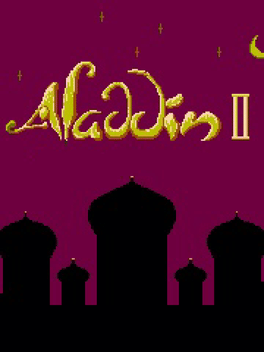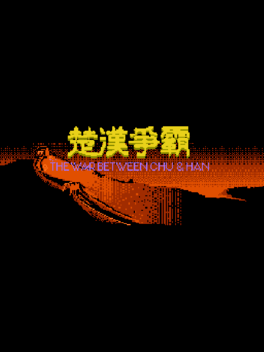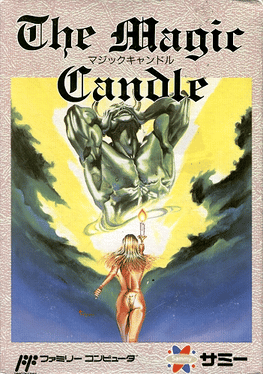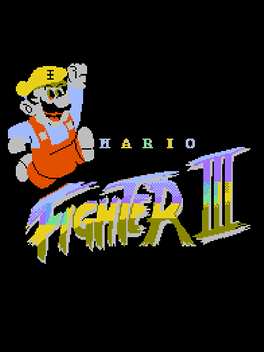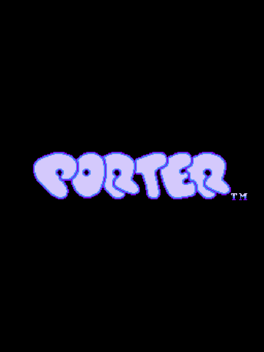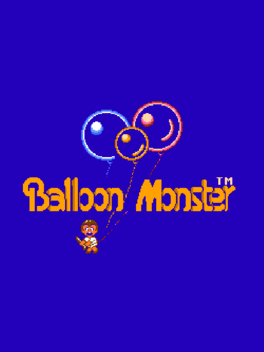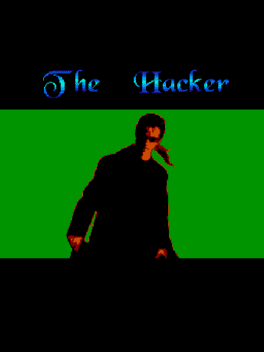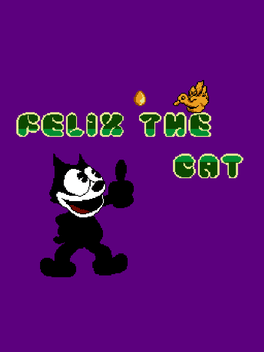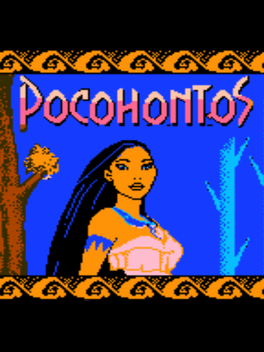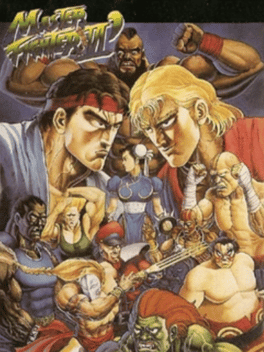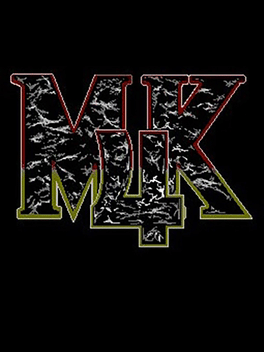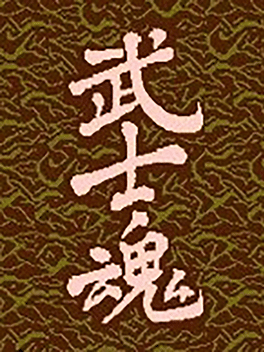Most Popular Family Computer Games - Page 19
-
Aladdin II
1995
Aladdin II
1995
Aladdin II (not to be confused with the Sega Mega Drive pirate of the same name) is a pirated port of the official Sega Mega Drive version of Aladdin, made for the Famicom and released in mid-1995 by Chengdu Tai Jing Da Dong Computer Co. -
2 in 1: Donkey Kong 4 + The Jungle Book 2
1997
A multi-cart featuring Donkey Kong Country 4 and The Jungle Book 2. -
Ninja Ryuukenden III: Yomi no Hakobune
1991
The original Japanese version of Ninja Gaiden III. When the game was ported to North America, the game was made harder on purpose with the removal of the password feature and with a boost of damage inflicted by the enemies. -
Layla: The Iris Missions
2017
Layla: The Iris Missions is a complete overhaul of the Famicom game Layla. It features all-new levels, altered graphics, an original and much-expanded soundtrack, and many tweaks to game mechanics, with the goal of creating a more modern game experience without compromising the core grabbing-cake-and-ice-cream-on-roller-skates gameplay. -
War Between Chu & Han
1997
War Between Chu and Han is a turn-based strategy game created by Waixing in 1997. It is based on "Chu–Han Contention". -
Quarth
1990
-
Super Maruo
1986
Super Maruo
1986
Super Maruo is an unlicensed game released in Japan in 1986. Although very rare, this game is the first unlicensed Famicom game and the first unlicensed adult Famicom game as well. Despite the name, it has no relation to Mario at all. -
Digital ez LG
2008
Digital ez LG
2008
A bundle of NES games released in some models of LG Electronics TV around 2008. Most games are actually bootleg versions of famous NES games, with lots of aesthetic changes (and some gameplay changes in some cases). There are two exclusive games: LG Chess and Quick Brain. The games are: - Soccer (Nintendo World Cup) - Block!! Block!! (Arkanoid) - Baseball (Baseball) - Laser Man (Bomberman) - Body Capsule (Dig Dug) - Mobile Racing (Excitebike) - Battle Star (Galaga) - LG Chess - Space Rocket (Star Force) - Pocket Ball (Lunar Pool) - Tennis (Tennis) - Little Star (Antarctic Adventure) - Perfect Puzzle (Magic Jewelry) - Quick Brain - Car Racing (Road Fighter) -
The Magic Candle
1991
The Magic Candle
1991
The Magic Candle is an action role playing game for the Nintendo Entertainment System. -
Mario Fighter III
1993
-
Kero Kero Keroppi no Mahou no Kuni Densetsu
Kero Kero Keroppi no Mahō no Kuni Densetsu is a cancelled 1993 Famicom role-playing game based on the Sanrio character Keroppi. The game was planned by Character Soft who is a video game publishing subsidiary of Sanrio. -
Bookyman
1991
Bookyman
1991
Bookyman is a Puzzle game, developed by Mega Soft and published by NTDEC, which was released in Asia in 1992. -
Porter
1991
-
Balloon Monster
1991
Balloon Monster
1991
Balloon Monster is a clone of the arcade game Pang for the Famicom. It was made and released by NTDEC in 1991. -
The Hacker
2002
The Hacker
2002
When a computer programming agency catches his friends, a computer hacker must go online into the virtual world in order to rescue them. -
Felix the Cat
1998
Felix the Cat
1998
Felix the Cat is an unlicensed platform game developed and published by Dragon Co. in 1998. It is unrelated to Hudson Soft's official Felix the Cat title, released in 1992, but the gameplay of the two games is very similar. -
Pocohontos
1997
Pocohontos
1997
Pocohontas is an unlicensed port of Pocahontas for the Game Boy by Ei-How Yang, made in 1997 for the Famicom and released by Hosenkan Electronics. -
Master Fighter VI'
1993
Master Fighter VI'
1993
Master Fighter VI is a port of the Street Fighter II: Champion Edition to the Famicom, made by Hummer Team & published by Yoko Soft in 1993. -
Ultimate Mortal Kombat 4
1996
Mortal Kombat 3, better known by its mapper hack, Mortal Kombat 4, is a pirated fighting game that was developed by Hummer Team and published by Ka Sheng, with MK4 later re-released by ABAB Soft on a multicart. The game is based on Mortal Kombat 3. -
Wu Shi Hun
1995
Wu Shi Hun
1995
Wu Shi Hun, called Samurai Spirits on the label and also released as Samurai Shodown III, is a Famicom fighting game based on SNK's Samurai Shodown and developed by Rex Soft. - Version 1 has only Nakoruru, Ukyo, Haohmaru, and Charlotte; - Samurai Shodown III version allows two players to pick same of these four characters; - Version 2 adds Jubei, Kyoshiro, Galford, and Wan-Fu.
